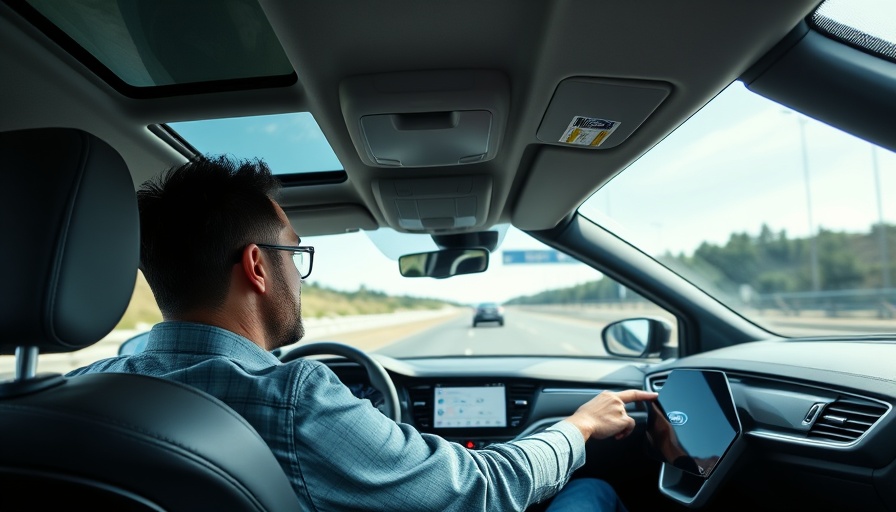
Understanding the Investigation into Ford’s BlueCruise System
The National Highway Traffic Safety Administration (NHTSA) has launched an in-depth inquiry into Ford's hands-free driving system, BlueCruise, amid concerns following two fatal accidents where the technology was involved. This investigation aims to uncover whether the system's capabilities are as robust as Ford claims, particularly in recognizing stationary vehicles, a challenge that has previously troubled similar autonomous technologies.
What Sparked the NHTSA's Probe?
The inquiry began in April 2024 after two tragic incidents occurred while drivers were using the BlueCruise system. In both cases, vehicles that were using the hands-free technology crashed into stationary objects, reportedly during night-time when visibility was reduced. The NHTSA received extensive documentation after the incidents that indicated potential weaknesses in the software, prompting an advanced engineering analysis of the system.
The Latest Developments in Ford's Interaction with Regulators
In a recent update, the NHTSA sent Ford a letter containing 25 questions regarding various aspects of BlueCruise. These inquiries range from a list of vehicles outfitted with the technology to internal documents about the software's development and any modifications made since the incidents. Ford has expressed its commitment to cooperating fully with the investigation, marking a critical moment for the automaker as it navigates user safety concerns.
The Technology Behind BlueCruise: A Double-Edged Sword
BlueCruise is designed to enable hands-free driving on select highways, utilizing advanced sensors and cameras to manage vehicle operations. Drivers must remain vigilant as the in-cabin camera monitors their attention on the road. Despite this innovation, the NHTSA's findings in January suggested that there could be considerable limitations regarding how the technology detects stationary vehicles, particularly under poor visibility conditions. This raises crucial questions about the reliability of similar automated driving systems.
Comparative Analysis: A Look at Other Driver Assistance Technologies
The challenges facing Ford’s BlueCruise echo issues experienced by other leading automotive technology firms, notably Tesla. Tesla's driver-assistance software has faced scrutiny concerning its performance across various driving conditions. An ongoing debate within the industry revolves around the balance between innovation and safety, especially as regulators ramp up oversight in light of fatal incidents.
What This Means for the Future of Autonomous Driving
As investigations into driver-assistance systems proliferate, the path towards safer autonomous vehicles hangs in the balance. The lessons learned from BlueCruise and its examination by the NHTSA may set a precedent for how future technologies are developed and regulated. Key stakeholders, including manufacturers, consumers, and regulators, must engage in ongoing dialogue about safety standards to foster trust in these advancing technologies.
A Call for Safety in Innovation
For consumers, the ongoing developments highlight the importance of vigilance as new technologies emerge. Automakers must prioritize safety while pushing the boundaries of innovation, ensuring that tools designed to assist drivers do not inadvertently put them at risk. Educating users on the limitations of their vehicle's assistance features can potentially prevent tragic outcomes relating to the misuse or misunderstanding of advanced technologies.
In Conclusion: The Road Ahead
The regulatory scrutiny surrounding Ford’s BlueCruise system serves as a stark reminder of the intersection between rapid technological advancement and the essential need for consumer safety. As investigations unfold, consumers and industry professionals alike must remain informed and proactive in addressing these critical developments in the tech sector. Together, navigating the risks while harnessing the benefits of modern vehicle technology is imperative for a safer driving experience.
 Add Row
Add Row  Add
Add 



Write A Comment